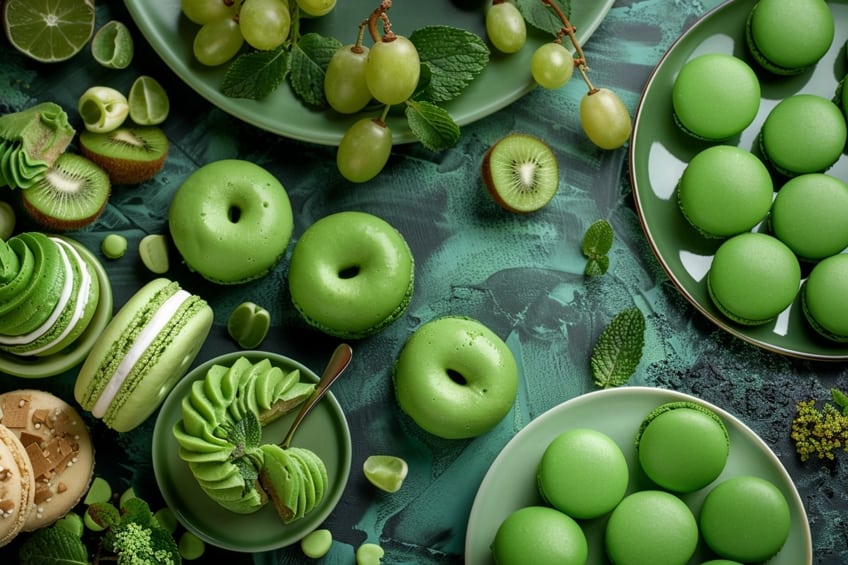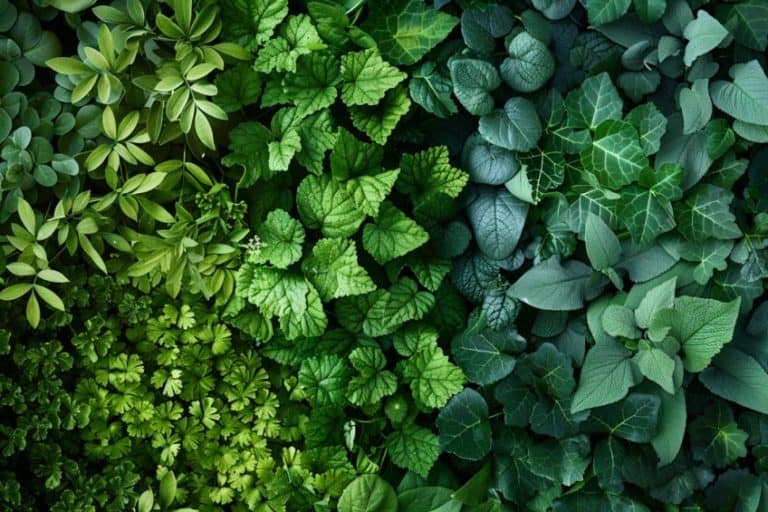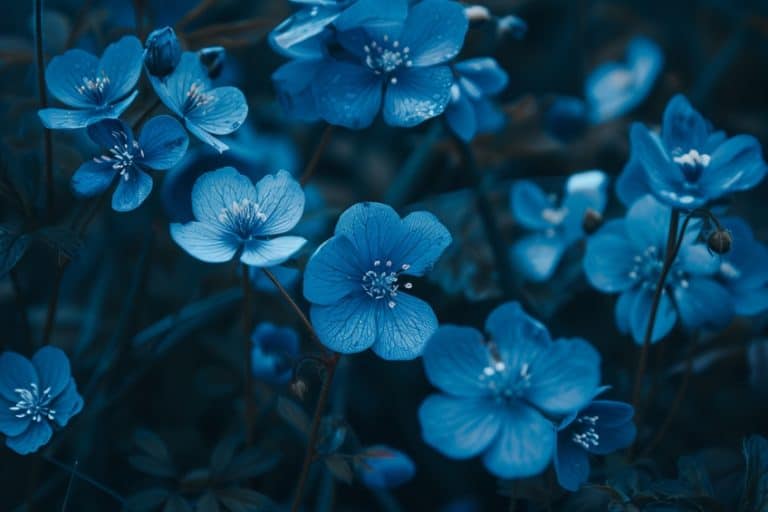20 Things That Are Green – From Forests to Ferns
Green, a color emblematic of life, renewal, and growth, holds profound symbolism across cultures and contexts. As the predominant color of nature, green represents harmony, balance, and vitality, evoking feelings of peace and tranquility. It symbolizes the cycle of life, from the budding of springtime to the lushness of summer, reminding us of the perpetual renewal and rejuvenation inherent in the natural world.
Green also embodies fertility, abundance, and prosperity, echoing the lushness of fertile lands and the promise of new beginnings.
In psychology, green is often associated with stability, calmness, and emotional equilibrium, offering a sense of grounding amidst life’s fluctuations. Whether found in the swaying leaves of trees or the depths of the ocean, green captivates the imagination and speaks to the profound connection between humanity and the environment.
20 Interesting Things That Are Green
In this captivating journey, we delve into a spectrum of items, each adorned with the vibrant hue that signifies growth, vitality, and harmony. From the lush foliage of tropical forests to the crisp crunch of Granny Smith apples, green pervades our world with its refreshing presence and symbolic richness. Join us as we unravel the beauty and significance of 20 diverse green items, each offering a glimpse into the enchanting tapestry of nature’s palette.

Emerald
Emerald, a rich green gemstone, symbolizes beauty, love, and prosperity. Its deep green color suggests growth, renewal, and vitality, reflecting the lushness of nature and the promise of new beginnings.
As a precious stone, emerald has long been associated with healing properties and spiritual growth, fostering harmony and balance within oneself and the environment.
Aloe Vera
Aloe vera, characterized by its vibrant green succulent leaves, is renowned for its medicinal properties and skincare benefits. The green color of aloe vera signifies health, healing, and rejuvenation, making it a symbol of vitality and wellness. With its cooling gel and hydrating properties, aloe vera has been used for centuries to soothe sunburns, moisturize skin, and promote overall well-being.

Granny Smith Apples
Granny Smith apples, with their crisp texture and tart flavor, are distinguished by their bright green skin. The vivid green hue of Granny Smith apples represents freshness, youthfulness, and vitality. As a popular variety of apple, they symbolize health and nutrition, offering a refreshing burst of flavor and a satisfying crunch.
Their green color also reflects the abundance of nature and the bounty of the orchard.
Kiwi
Kiwi, with its fuzzy brown exterior and vibrant green flesh speckled with tiny black seeds, is a tropical fruit celebrated for its unique flavor and nutritional benefits. The bright green color of kiwi signifies freshness, vitality, and fertility, echoing the lush landscapes where it thrives. With its tangy sweetness and vitamin-rich profile, kiwi embodies the essence of rejuvenation and nourishment, enticing taste buds and invigorating the senses.

Lime Fruit
Lime fruit, with its zesty aroma and tangy flavor, is prized for its culinary versatility and refreshing taste. The vibrant green color of limes represents vitality, energy, and rejuvenation, infusing dishes and beverages with a burst of citrusy brightness. As a source of vitamin C and antioxidants, limes symbolize health and well-being, offering a tangy twist to both sweet and savory recipes.
Whether squeezed into cocktails or drizzled over dishes, lime fruit adds a vibrant touch of green to culinary creations, awakening the palate and uplifting the spirit.
Jade
Jade, a precious gemstone with a rich cultural history, is prized for its exquisite shades of green. Its verdant hues symbolize harmony, balance, and prosperity in many cultures, particularly in East Asia. The deep green tones of jade evoke the lushness of nature and the enduring beauty of the earth, embodying qualities of strength and longevity. As a symbol of purity and serenity, jade resonates as a cherished stone for jewelry, sculpture, and spiritual artifacts.

Spider Plants
Spider plants, known for their long, arching leaves adorned with white stripes, are popular indoor plants valued for their air-purifying properties and ease of care. The vibrant green foliage of spider plants signifies vitality, growth, and renewal, brightening indoor spaces with their lush presence. With their ability to thrive in various conditions and produce cascading shoots adorned with tiny plantlets, spider plants symbolize resilience and adaptability in the face of change.
As symbols of abundance and prosperity, spider plants bring a sense of freshness and rejuvenation to any environment they inhabit.
Green Gerbera Daisies
Green Gerbera daisies, with their cheerful blooms and vibrant color, add a playful touch to floral arrangements and gardens. The vivid green petals of Gerbera daisies symbolize renewal, youthfulness, and optimism, reflecting the joyous spirit of springtime. As a symbol of friendship and happiness, green Gerbera daisies convey feelings of warmth and affection, making them popular choices for bouquets and decorative accents. With their radiant hues and charming presence, green Gerbera daisies evoke a sense of delight and wonder, brightening any occasion with their whimsical beauty.

Lady’s Slipper Orchids
Lady’s Slipper orchids, renowned for their intricate blooms and elegant appearance, encompass a variety of species characterized by their unique floral structures. The lush green foliage of Lady’s Slipper orchids symbolizes grace, elegance, and natural beauty, enhancing the allure of their exquisite flowers. As symbols of rare and delicate beauty, Lady’s Slipper orchids evoke feelings of admiration and reverence for the wonders of the natural world.
With their enchanting blooms and verdant foliage, Lady’s Slipper orchids captivate the imagination and inspire a deep appreciation for the intricate tapestry of life.
Grass
Grass, the ubiquitous carpet of green that blankets landscapes around the world, plays a vital role in ecosystems and human civilization alike. The lush green blades of grass symbolize vitality, fertility, and abundance, sustaining ecosystems and providing nourishment for grazing animals. As a symbol of resilience and perseverance, grass endures through changing seasons and environmental conditions, showcasing the adaptability of nature. With its soothing color and soft texture, grass invites us to connect with the earth and find solace in the simple beauty of the natural world.

Budgerigars
Budgerigars, often called budgies, are small parrots cherished for their vibrant plumage and cheerful demeanor. The green coloration of many budgerigars symbolizes vitality, growth, and harmony in the animal kingdom. It serves as camouflage in their natural habitats and represents the lush vegetation where they thrive.
The varying shades of green in budgerigars’ feathers evoke a sense of freshness and rejuvenation, reflecting their lively and energetic nature.
Serrano Peppers
Serrano peppers, known for their spicy kick and versatility in cuisine, boast a vibrant green color when unripe that transitions to red as they mature. The green hue of serrano peppers signifies freshness, flavor, and heat, adding zest and depth to a wide array of dishes. It symbolizes the fiery intensity of their flavor profile and the bountiful harvest of the garden. Whether sliced raw in salsas or pickled for added zest, the green serrano pepper embodies the essence of culinary exploration and taste adventure.

Mountain Chameleons
Mountain chameleons, with their remarkable ability to change color and blend into their surroundings, inhabit high-altitude regions across various continents. Their green coloration often mirrors the lush vegetation of their mountainous habitats, symbolizing adaptation, camouflage, and survival. The vivid green hues of mountain chameleons serve as a form of communication, expressing their mood, social status, and environmental cues.
As masters of disguise and symbols of resilience, mountain chameleons embody the harmony between creature and environment in their alpine homes.
Caterpillars
Caterpillars, the larval stage of butterflies and moths, exhibit a diverse array of shapes, sizes, and shades of green. The green coloration of many caterpillars serves as protective camouflage among foliage, allowing them to evade predators and feed undisturbed. It symbolizes growth, transformation, and the cycle of life inherent in their journey to adulthood. From vibrant lime greens to muted olive tones, the coloration of caterpillars reflects the rich biodiversity of their habitats and the intricate relationships within ecosystems.

Parsley
Parsley, a popular culinary herb prized for its fresh flavor and vibrant green leaves, adds brightness and depth to a myriad of dishes worldwide. The verdant green color of parsley symbolizes freshness, vitality, and culinary abundance, enhancing the visual appeal and flavor profile of various cuisines. It serves as a versatile garnish and seasoning, accentuating the colors and textures of culinary creations with its delicate foliage.
With its crisp texture and herbaceous aroma, parsley embodies the essence of garden-fresh goodness and the simple pleasures of culinary exploration.
Eastern Green Mambas
Eastern Green Mambas, known for their vibrant green scales and swift movements, are highly venomous snakes native to eastern Africa. Their brilliant green coloration serves as camouflage among the lush vegetation of their habitats, aiding in stealthy hunting and evading predators. Symbolizing danger and the mysteries of the natural world, the vivid green hue of Eastern Green Mambas warns of their potent venom and formidable presence in the ecosystem.

Grasshoppers
Grasshoppers, characterized by their jumping ability and herbivorous diet, are insects found in grasslands and meadows worldwide. Their green exoskeletons provide effective camouflage among the foliage, enabling them to blend seamlessly into their environment and avoid detection by predators.
Representing adaptation and resilience, the green coloration of grasshoppers symbolizes their connection to the earth and the cycle of life in grassland ecosystems.
Glass Frogs
Glass Frogs, named for their translucent skin that reveals their internal organs, inhabit the rainforests of Central and South America. While their bodies are typically green, their transparent underbellies allow for a fascinating view of their internal anatomy. Symbolizing transparency and vulnerability, the green coloration of glass frogs reflects their delicate presence in fragile ecosystems and the interconnectedness of life in the rainforest.
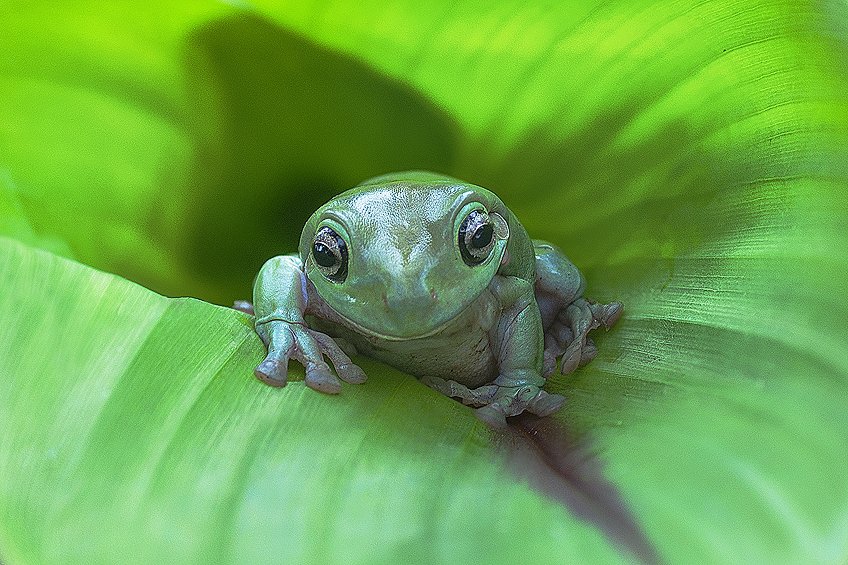
Green Grapes
Green grapes, a popular fruit known for their sweet and tangy flavor, are enjoyed fresh or used in winemaking around the world. Their vibrant green coloration signifies freshness, ripeness, and the bountiful harvest of vineyards and orchards.
Symbolizing abundance and fertility, green grapes evoke the richness of the earth and the joys of the harvest season, offering a delightful burst of flavor and nutrition.
Avocados
Avocados, prized for their creamy texture and nutrient-rich flesh, are versatile fruits native to Central and South America. The lush green skin of avocados symbolizes health, vitality, and natural abundance, reflecting the fertile landscapes where they thrive. Representing culinary creativity and nourishment, avocados inspire a variety of dishes, from savory guacamole to smooth, indulgent desserts. With their rich flavor and vibrant color, avocados epitomize the essence of wholesome living and the pleasures of fresh, wholesome cuisine.
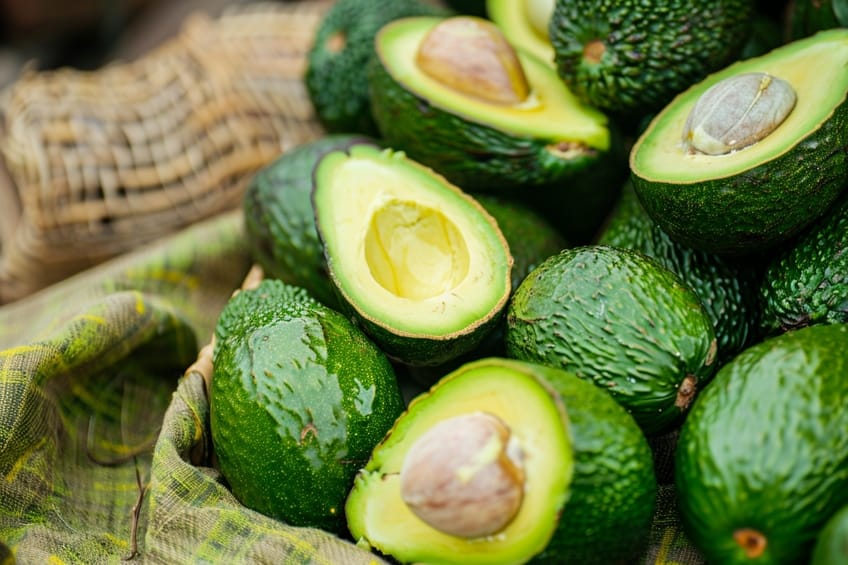
As we conclude our colorful expedition through the world of things that are green, let us not forget the magic this vibrant hue brings to our lives. From the calming serenity of lush landscapes to the zesty crunch of a crisp cucumber, green never fails to invigorate our senses and awaken our appreciation for the beauty of nature. As we bid adieu to this journey, may we carry with us a newfound admiration for the myriad shades of green that paint our world with wonder and delight. So, let’s continue to embrace the greenery around us, for in its richness, we find endless inspiration and joy.
Frequently Asked Questions
Why Is Green Such a Prevalent Color in Nature?
Green is abundant in nature due to the presence of chlorophyll, a pigment found in plants responsible for photosynthesis. This process allows plants to convert sunlight into energy, giving them their green color as chlorophyll absorbs red and blue light but reflects green light.
How Does the Color Green Affect Human Psychology and Emotions?
Green is known to have a calming and restorative effect on the human psyche. It is associated with feelings of tranquility, balance, and emotional stability. Surrounding oneself with green environments or objects can promote relaxation and reduce stress levels.
In 2005, Charlene completed her Wellness Diplomas in Therapeutic Aromatherapy and Reflexology from the International School of Reflexology and Meridian Therapy. She worked for a company offering corporate wellness programs for a couple of years, before opening up her own therapy practice. It was in 2015 that a friend, who was a digital marketer, asked her to join her company as a content creator, and this is where she found her excitement for writing.
Since joining the content writing world, she has gained a lot of experience over the years writing on a diverse selection of topics, from beauty, health, wellness, travel, and more. Due to various circumstances, she had to close her therapy practice and is now a full-time freelance writer. Being a creative person, she could not pass up the opportunity to contribute to the Art in Context team, where is was in her element, writing about a variety of art and craft topics. Contributing articles for over three years now, her knowledge in this area has grown, and she has gotten to explore her creativity and improve her research and writing skills.
Charlene Lewis has been working for artincontext.org since the relaunch in 2020. She is an experienced writer and mainly focuses on the topics of color theory, painting and drawing.
Learn more about Charlene Lewis and the Art in Context Team.
Cite this Article
Charlene, Lewis, “20 Things That Are Green – From Forests to Ferns.” Art in Context. February 27, 2024. URL: https://artincontext.org/20-things-that-are-green/
Lewis, C. (2024, 27 February). 20 Things That Are Green – From Forests to Ferns. Art in Context. https://artincontext.org/20-things-that-are-green/
Lewis, Charlene. “20 Things That Are Green – From Forests to Ferns.” Art in Context, February 27, 2024. https://artincontext.org/20-things-that-are-green/.


